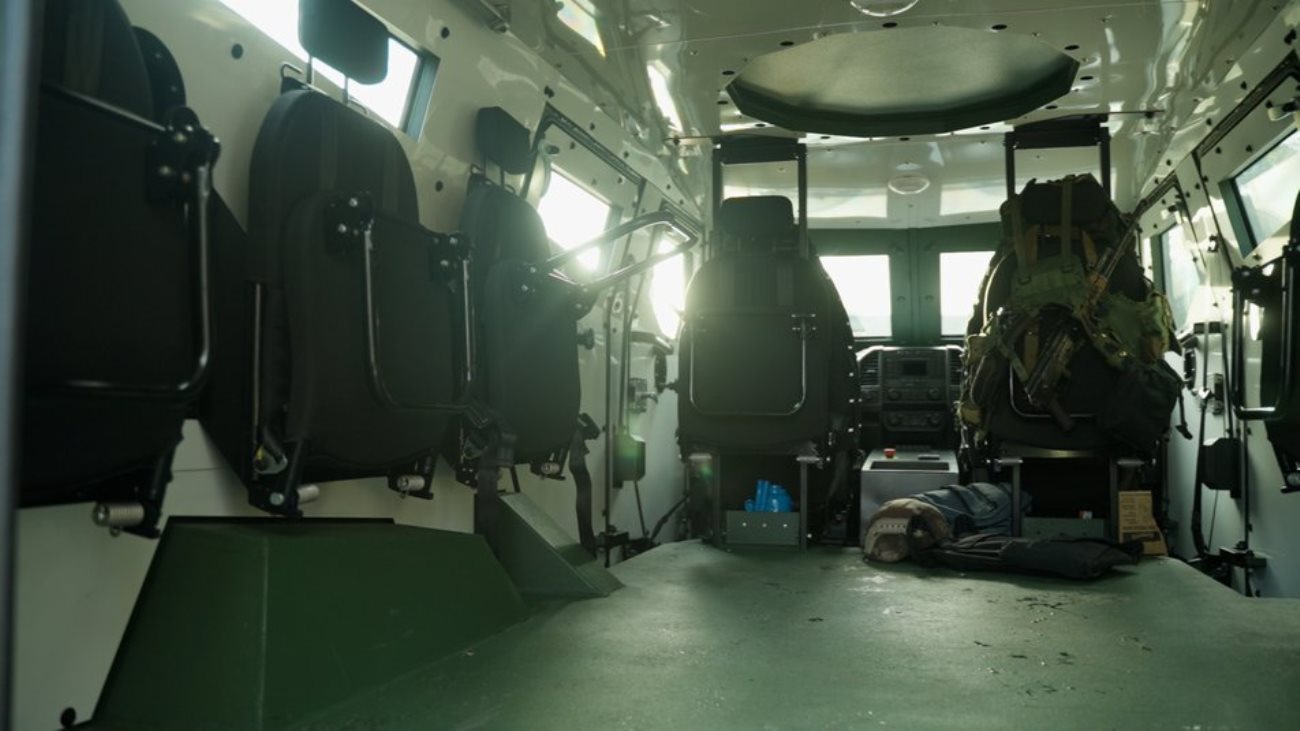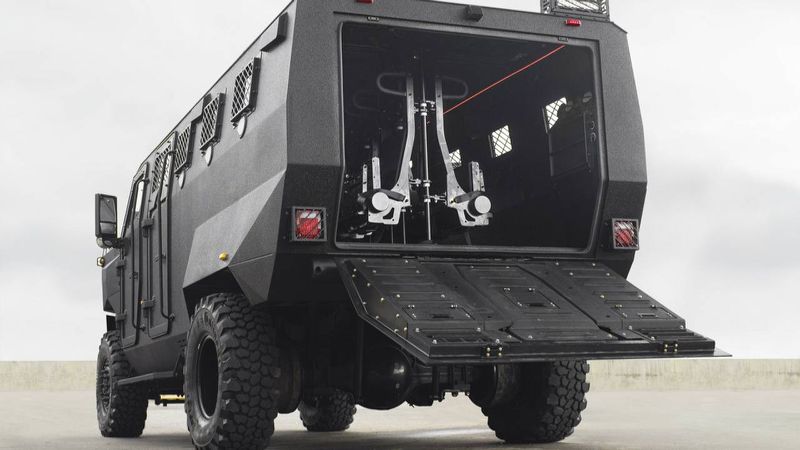Colin Parkinson
Army.ca Myth
- Reaction score
- 12,674
- Points
- 1,160
The Falklands is likley the closest example to the problems we would see in a Arctic fight. There is really not much of our ground fleet that would be usable in that type of fight.
A place like New Guinea with a repeat of the Kokoda trail type fight is also a very realistic example of what could be faced in any of the larger tropical Islands.
The ATV, Supa Cat (or similar) will work to a degree in either place. A Viking optimized for the Arctic, likley won't work well in the tropics and vis versa. I think we should opt for them or similar for the Arctic fight as there are a lot of force trained and equipped for the tropical fight, but fewer for the colder regions. An arctic trained force would also quickly adapt to a mountain fight as well.
I remember the Galore Creek project in Northern BC, only accessible at the time by helicopter. 175 man camp, food and supplies brought in by 212/214's, work and personal generally moved by 206's and a S61 brought fuel in. Later a Mi26 was used to fly in bridging and heavy equipment. It was 74km from the nearest road. They managed to do it for a year at peak size, but it was eye watering expensive and they did not need to worry about water.
A place like New Guinea with a repeat of the Kokoda trail type fight is also a very realistic example of what could be faced in any of the larger tropical Islands.
The ATV, Supa Cat (or similar) will work to a degree in either place. A Viking optimized for the Arctic, likley won't work well in the tropics and vis versa. I think we should opt for them or similar for the Arctic fight as there are a lot of force trained and equipped for the tropical fight, but fewer for the colder regions. An arctic trained force would also quickly adapt to a mountain fight as well.
I remember the Galore Creek project in Northern BC, only accessible at the time by helicopter. 175 man camp, food and supplies brought in by 212/214's, work and personal generally moved by 206's and a S61 brought fuel in. Later a Mi26 was used to fly in bridging and heavy equipment. It was 74km from the nearest road. They managed to do it for a year at peak size, but it was eye watering expensive and they did not need to worry about water.



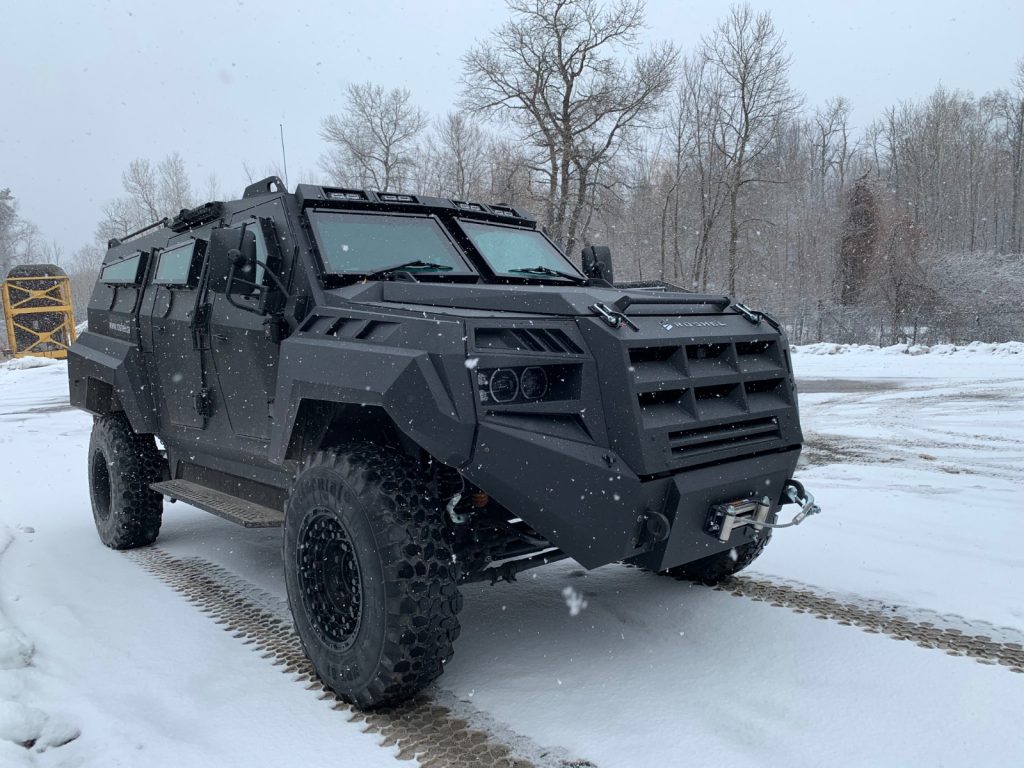

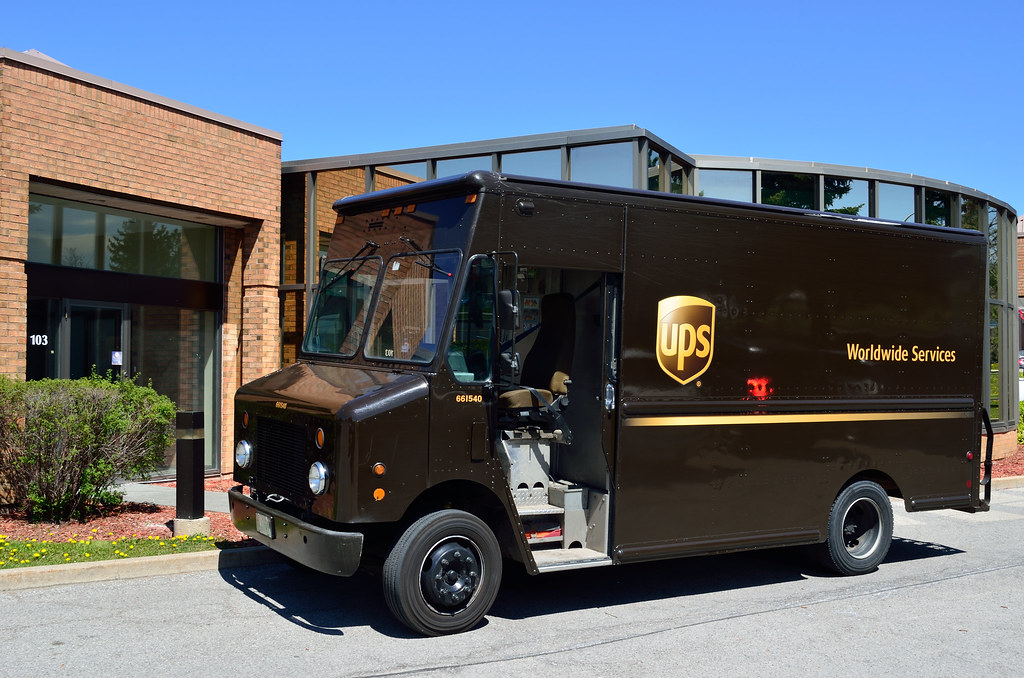
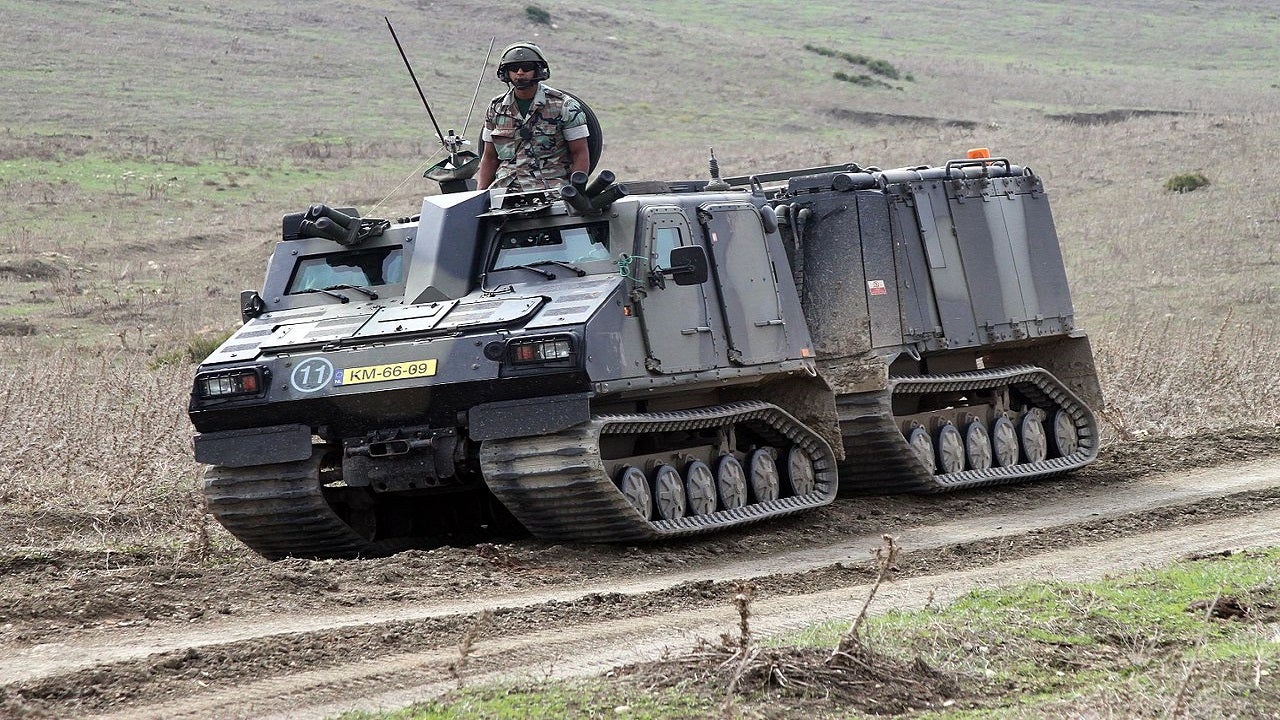

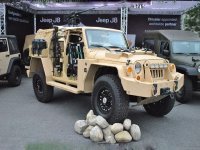
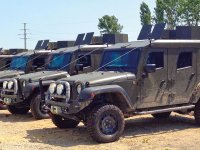

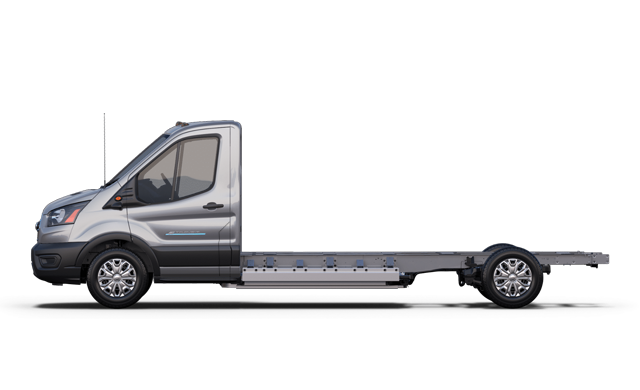
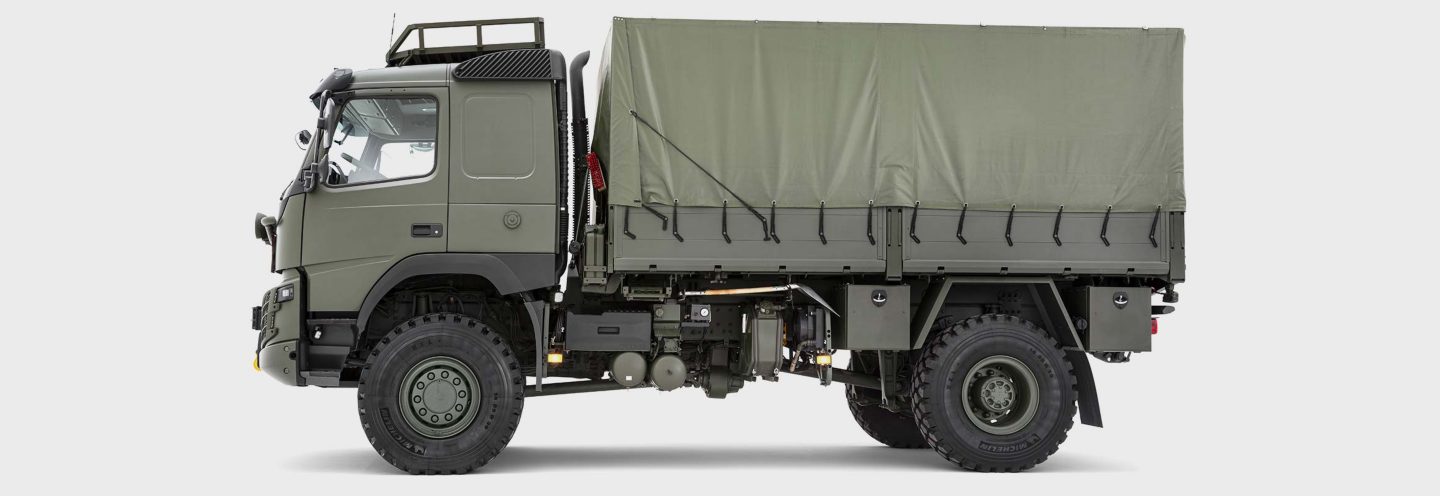
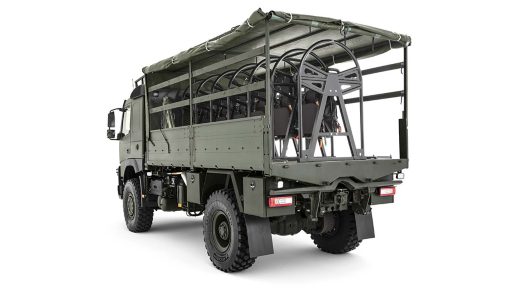
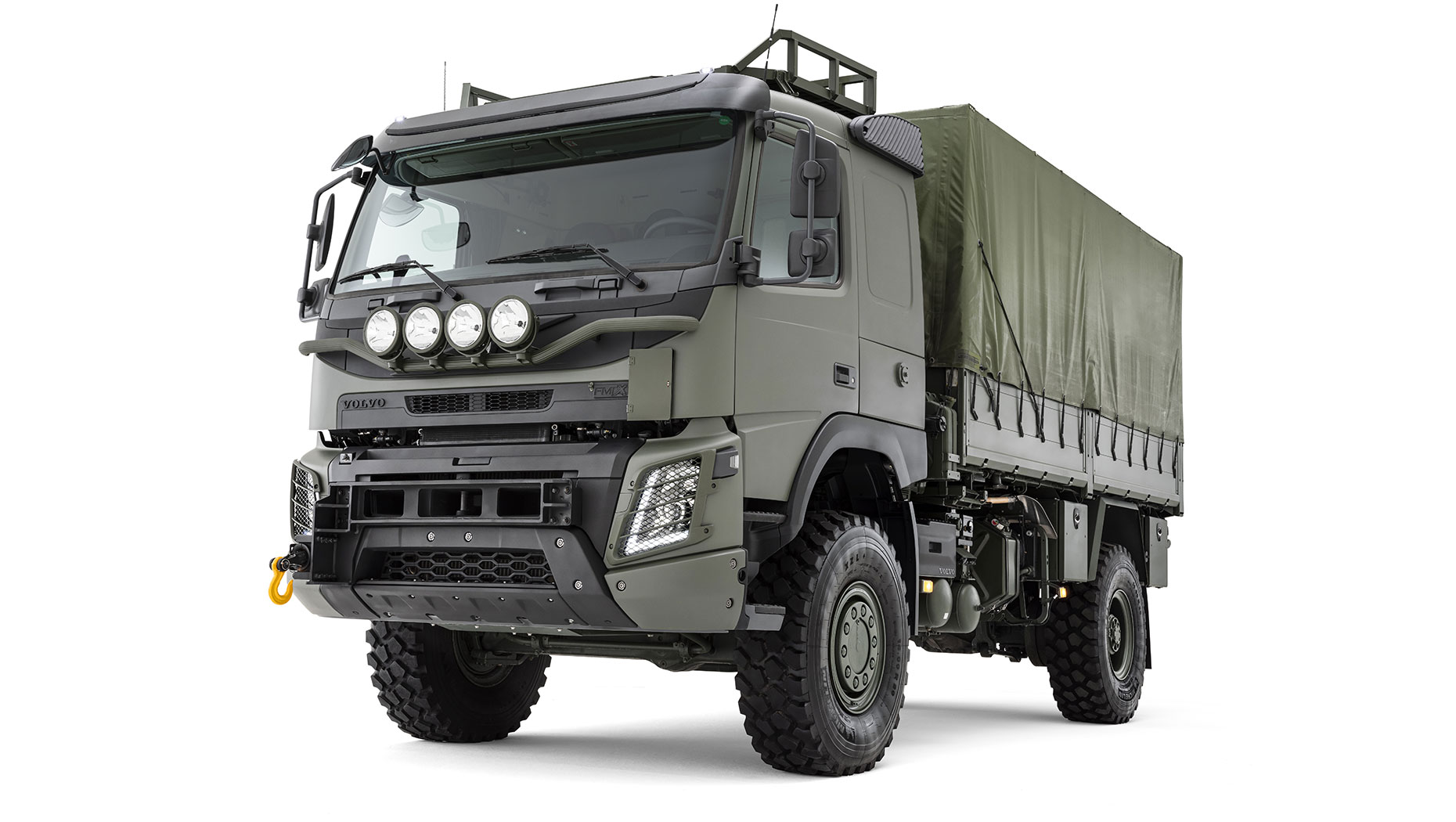

:quality(70)/cloudfront-us-east-1.images.arcpublishing.com/archetype/VNMOZINC3RGYFLC7CIKBTTSLGE.jpg)
